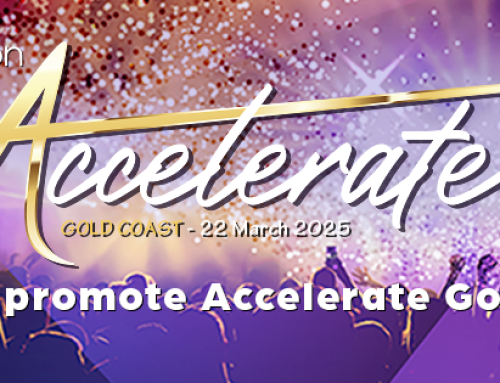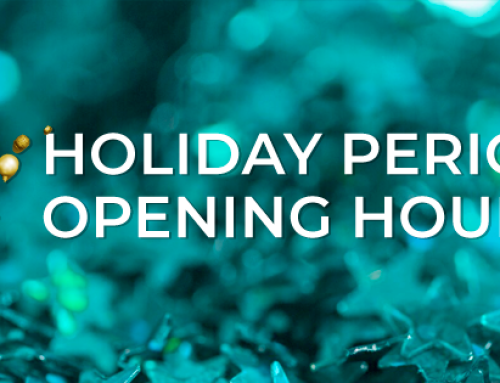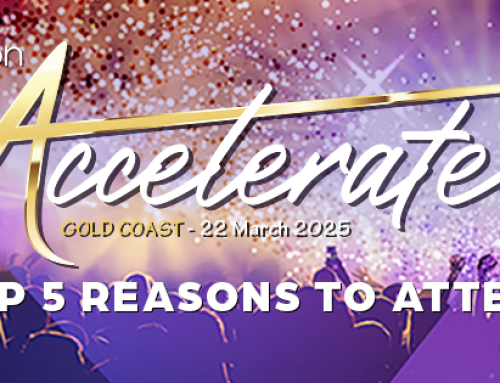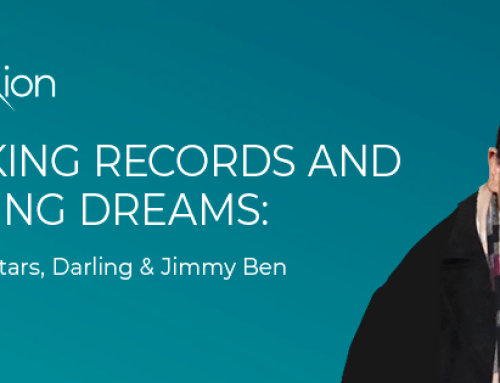We really are spoilt for choice when it comes to our selection of connection speeds on nbn™. Gone are the days when you were given a single choice of speed for your broadband connection. And rightly so, as we’ve become a society where speed is important and if we have to wait for something to load for more than a few seconds, we walk away in a huff and puff.
We all have different requirements of our broadband connection; some only use it for light tasks like web browsing, emails and the occasional YouTube video. Others like me, have multiple things going on at the same time – one room has Netflix going, the other has the kids on YouTube, the computer is performing its daily cloud backup, and I’m checking the latest news online. All of which is being delivered by my reliable internet connection.
There are multiple connection speeds available on our nbn™, speeds ranging from 12/1Mbps to 100/40Mbps. If your customers are impatient or have a lot going on and want everything as quickly as possible, you’d be better off recommending a speed of 50/20 or 100/40. It’s not only me with this insatiable demand for speed, it seems our next generation want things done even quicker. Take for example my 3 year old son, who gets frustrated when ‘The Wiggles’ take longer than 5 seconds to load. Speed these days it seems is just as important as data inclusion.
It’s okay if these numbers mean nothing to you, as I’m about to explain. 12/1 simply means a maximum connection speed of 12Mbps (megabits per second) download and 1Mbps (megabits per second) upload. The first digit represents the download speed and the second, the upload speed. Downloading is your device receiving information from the internet (for example video streaming or visiting a website) and uploading is the opposite, your device pushing information to the internet (for example backing up pictures to the cloud i.e. Google Drive). In almost all residential cases, people download more content than they upload, hence why download speeds are higher.
You may now be thinking, that’s all well and good, but how do you know if that’s the right speed for your customer? Well only they can answer that. How patient are they? What will they be using the internet connection for? Will they be using speed-intensive applications – like streaming video? How many people will be using their internet at the same time? Are they light browsers? These questions will go some way to helping you recommend the right speed for them, but a basic understanding of speed versus time may also be of help.
Let’s say for example that you’re checking today’s news online. Webpages vary in size, but for arguments sake, the site you are viewing is 3.5MB in size – roughly the size of most news sites. All things being equal, if you’re on a 12Mbps download connection it would theoretically take 2.3 seconds to download the entire page or 0.28 second on a 100Mbps connection. If you and your partner are looking at this webpage from two different devices at the same time, you would double these times, as you’re both sharing the connection. As you can see, there are a combination of things that can impact the time – your connection speed, the size of the download and the number of users simultaneously using the connection.
It’s important to note that not all things are equal when it comes to the internet, so make sure you’re aware of these additional factors that impact speed:
- Your WiFi connection (Device to Modem/Router) may be slower than your connection speed due to interference or distance
- The server providing the content may be congested or running slow
- Adverse weather conditions may affect some technology types
- A virus or other software may be slowing your device down
- The number of people accessing the internet at the same time of day – peak time versus off-peak time. When more people jump online it can cause congestion, which can slow your connection down
- Co-existence period – if your customers’ nbn™ is delivered via FTTN/FTTB access there is a co-existence period. This means both nbn™ services and other pre-existing services such as ADSL broadband, ISDN and landline phone services are utilising the copper network at the same time. While all customers make the transition from their existing service to nbn™, FTTN and FTTB services will operate at lower speeds than 100/40 to protect those customers still using the older copper based services. The co-existence period ends when all existing copper services are disconnected in the area,thus allowing the speed offered on FTTN/FTTB to be increased. Co-existence is managed by nbn™ Co and impacts all customers irrespective of their service provider in an FTTN/FTTB area where it occurs and is therefore outside of ACN’s control.
- Interconnecting network infrastructure outside of ACN’s control
Finally, speed also affects the quality of the picture when streaming video, particularly on larger screen TVs where poor quality video is more noticeable. If your customers love watching blockbuster movies in HD, a speed of 25/5 Mbps or higher would better suit their needs. If they have multiple devices going at once and love streaming on their big screen, they would be best off with a 50/20Mbps or 100/40Mbps speed.
ACN understands how much data can be used when you have a fast broadband connection, so for a limited time only, we are providing unlimited data on our 50/20Mbps and 100/40Mbps 24 month nbn™ plans. Encourage your customers to take advantage of the nbn™ and boost their speed.
There’s no need to fret if your customers don’t have nbn™ in their area, you can still sign them up for this promotion on our top 24 month ADSL Unlimited plan and then roll the plan over to nbn™ when it becomes available. This offer is only available until the 30th June 2017, so make sure they get in quick!







